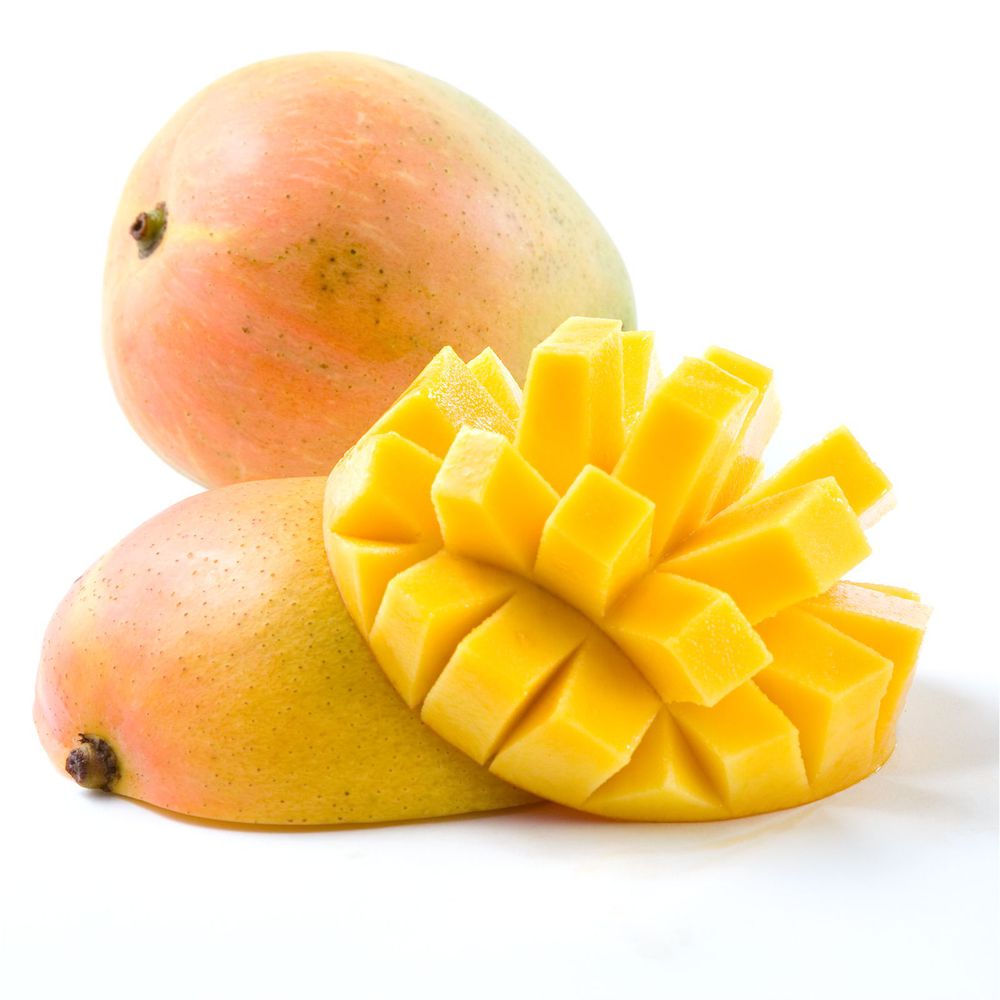

But due to their high sugar content, mangoes are often vilified by low-carb enthusiasts. With billions of fans and centuries of great PR, you’d think that mangoes have it made. In the US, mango trees can thrive in Hawaii, Florida, and parts of California. Other top growers include Thailand, Mexico, and the tropical regions of China. The mango is the national fruit of India, which produces more than half of all the mangoes consumed worldwide. And contemporary Indian novelists like Arundhati Roy and Anita Desai draw upon mangoes to symbolize abundance, sweetness, and possibility. Indian poets also use mangoes to evoke emotions like lust and love. One of the central rituals of Hinduism, the puja ceremony, uses water infused with mango leaves to create the proper resonance for honored deities. This luscious, juicy, sweet fruit that has won fans the world over originated in India, where it has a long and revered history. And production has gone up around 17% in the last few years globally, averaging over 55 million mangoes per year. Not only is the fruit wonderfully healthy, but mango leaves are used in the treatment of burns, scalds and diabetes.Īs for mango being part of the Indian cuisine, there is a sheer endless variety of dishes that incorporate mango in one way or the other.Although it may not be as revered as the apple, banana, or even tomato (at least in the western world), the mango is one of the most commonly eaten fruits worldwide. It is a rich source if vitamin A, vitamin C, and Beta-Carotene and Xanthophyll are the principal pigments in ripe mango. tying a mango leaf in the main entrance of a house to absorb negative energy from anyone entering for worship of the rain god Varuna, as rain nourishes all animals and human beings using mango leaves for pouring ghee into the homa kundam (Sanskrit word for making offerings into a consecrated fire).Įven if one does not believe in the spiritual meaning of mango, the health benefits of consuming mango speak for themselves. Various spiritual practices are used on a daily basis incorporating this divine fruit i.e. Vriksha, Lakshmi, Govardhan and the fertility god reside in ‘aam’. The mango tree is personified with various gods, goddesses and spirits.

The word ‘mango’ itself derives from the Tamil word ‘mangkay’ or ‘mangay’ in Sanskrit a mango tree is known by ‘amra’ and in Hindi and Bengali it is called aam.

Spiritually, Hindus regard mango as the king of fruit and a symbol of prosperity and happiness, which is why it is used in one way or the other in all rituals of Hinduism amongst other religions. The fruit thrives in tropical climate and is India’s national fruit, perhaps unsurprisingly, as the world’s largest producer and consumer of mangoes. By around 400 AD, mango seeds had already traveled the globe with explorers from the Far East reaching the Middle East, Africa and South America. Buddha himself is said to have meditated under a mango tree within a silent grove, and Buddhist monks have cultivated the succulent gems over time . The Mughals saw mango as a divine fruit (and a perfect gift for visiting royalties), much like the Hindus, who referenced the delicious fruit as early as 4,000 B.C. He was furious when he’d discover that one of his sons had devoured mangoes from his favourite tree in Deccan rather than sending them back to the Mughal court.Īt the time, hundreds of thousands of mangoes were grown in northern India these days, contemporary India is in fact providing up to 40% of the world’s mango crop. India’s greatest Emperors, the Mughals, were obsessed with mangoes, musk melons and other fruits, but mangoes in particular.īy the 16 th century the Mughals had learnt that it was possible to grow fruits like grapes and apples in India, and Emperor Shah Jahan in particular liked to see fruits presented and weighed in front of him.


 0 kommentar(er)
0 kommentar(er)
